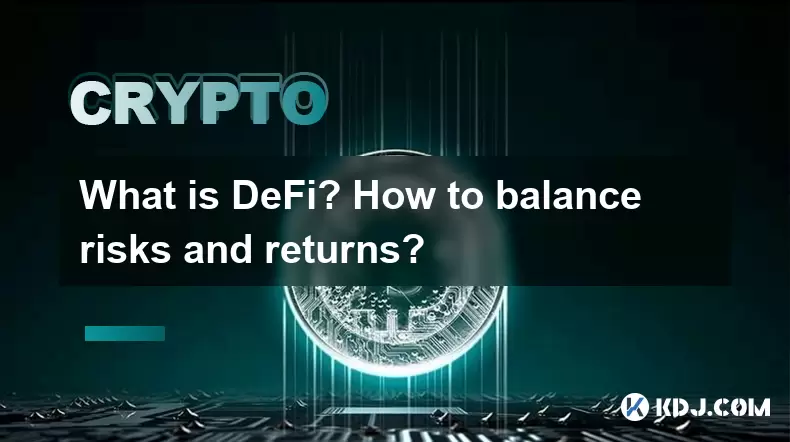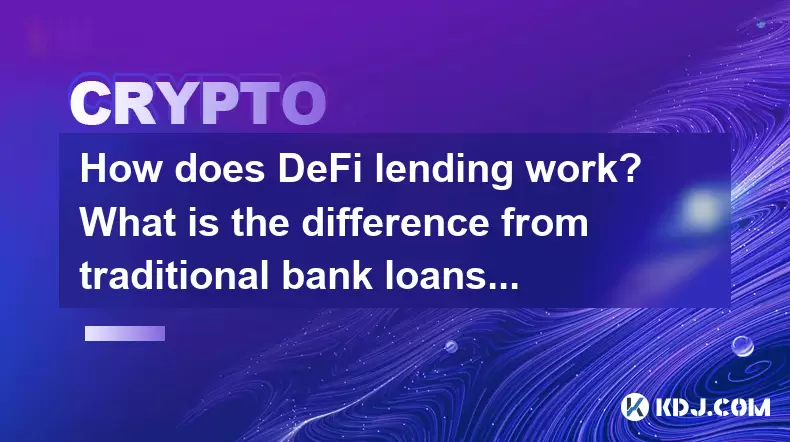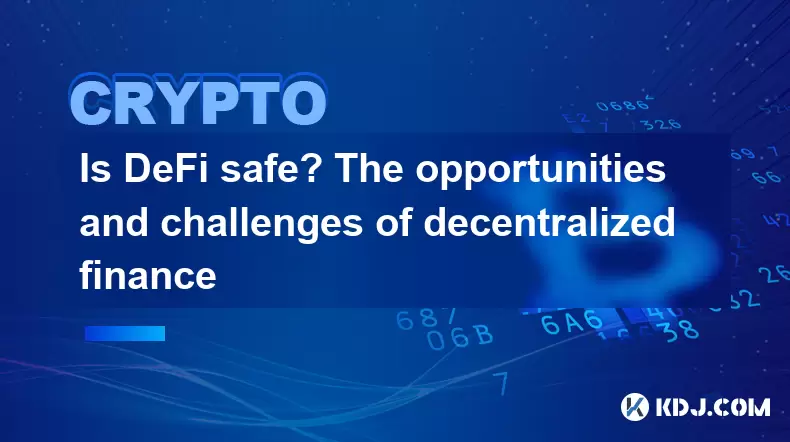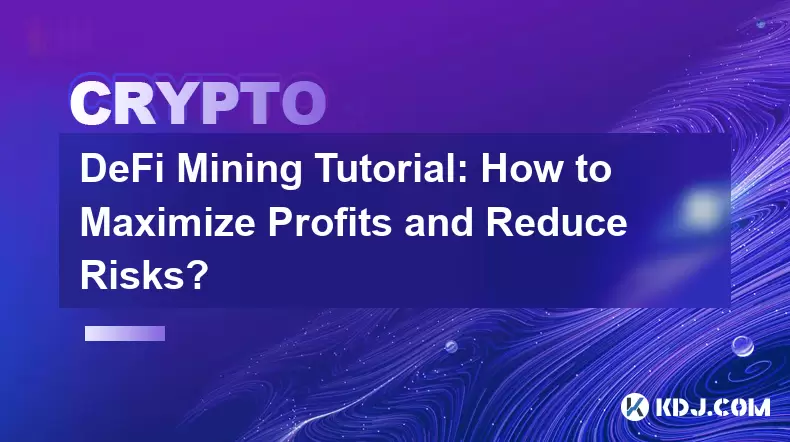-
 Bitcoin
Bitcoin $114700
-3.36% -
 Ethereum
Ethereum $3619
-6.51% -
 XRP
XRP $2.926
-7.66% -
 Tether USDt
Tether USDt $0.9998
-0.02% -
 BNB
BNB $768.6
-4.90% -
 Solana
Solana $168.2
-7.52% -
 USDC
USDC $0.9999
0.00% -
 Dogecoin
Dogecoin $0.2045
-9.02% -
 TRON
TRON $0.3243
-0.27% -
 Cardano
Cardano $0.7208
-8.45% -
 Hyperliquid
Hyperliquid $39.74
-9.17% -
 Stellar
Stellar $0.3882
-8.79% -
 Sui
Sui $3.481
-11.93% -
 Chainlink
Chainlink $16.52
-9.04% -
 Bitcoin Cash
Bitcoin Cash $556.7
-4.79% -
 Hedera
Hedera $0.2444
-11.40% -
 Avalanche
Avalanche $21.96
-8.51% -
 Ethena USDe
Ethena USDe $1.001
-0.02% -
 UNUS SED LEO
UNUS SED LEO $8.950
0.15% -
 Toncoin
Toncoin $3.425
-2.33% -
 Litecoin
Litecoin $104.4
-5.94% -
 Shiba Inu
Shiba Inu $0.00001212
-7.49% -
 Polkadot
Polkadot $3.630
-6.98% -
 Uniswap
Uniswap $9.165
-10.12% -
 Monero
Monero $306.8
-3.10% -
 Dai
Dai $0.9999
-0.01% -
 Bitget Token
Bitget Token $4.360
-3.43% -
 Pepe
Pepe $0.00001049
-9.59% -
 Cronos
Cronos $0.1352
-8.67% -
 Aave
Aave $256.5
-8.03%
Is DeFi reliable?
Despite concerns about reliability, DeFi's revolutionary force in finance continues to offer an alternative to centralized systems, with key areas of attention being security, volatility, regulatory uncertainties, counterparty risk, and scams/rug pulls.
Sep 30, 2024 at 11:11 am

Is DeFi Reliable?
Decentralized finance (DeFi) has emerged as a revolutionary force in the financial landscape, offering an alternative to traditional centralized systems. However, concerns about its reliability often arise among users.
1. Security:
DeFi protocols generally operate on blockchain networks known for their security and immutability. Smart contracts, the backbone of DeFi applications, automate transactions and reduce the risk of human error or manipulation. However, vulnerabilities within these contracts can occasionally lead to hacks.
2. Volatility:
Cryptocurrency markets are known for their volatility. DeFi investments can be influenced by external events and market fluctuations, resulting in significant price swings. Users must be aware of these risks and invest cautiously.
3. Regulatory Uncertainties:
The regulatory landscape for DeFi is still in its early stages. Different jurisdictions have varying approaches to regulating cryptocurrency and DeFi activities. This lack of clarity can introduce uncertainties and risks for users.
4. Counterparty Risk:
In DeFi, users often interact with anonymous counterparties. While decentralization promotes transparency, it also introduces risks such as fraud or default. Users should research and assess the reliability of counterparties before executing transactions.
5. Scams and Rug Pulls:
Fraudulent DeFi projects and rug pulls, where developers abandon projects after attracting investments, pose significant risks to users. Due diligence and vigilance are crucial to avoid falling victim to such scams.
How to Enhance DeFi Reliability:
- Educate Consumers: Increasing awareness about DeFi's risks and best practices can empower users to make informed decisions.
- Robust Security Protocols: Implementing advanced security measures and regularly auditing protocols can minimize vulnerabilities and protect user funds.
- Stable Coins: Using stable coins backed by fiat currencies can reduce the impact of cryptocurrency volatility on DeFi investments.
- Clear Regulatory Frameworks: Governments can establish comprehensive regulations for DeFi, providing clarity and safeguarding user interests.
- Collaborative Initiatives: Industry stakeholders can collaborate to create self-policing mechanisms and information-sharing platforms to combat scams and fraudulent activities.
Conclusion:
While DeFi offers significant potential for innovation and financial inclusion, its reliability remains a concern. By addressing security vulnerabilities, reducing volatility, clarifying regulatory frameworks, and promoting vigilance among users, DeFi can evolve into a more trustworthy and accessible system for all.
Disclaimer:info@kdj.com
The information provided is not trading advice. kdj.com does not assume any responsibility for any investments made based on the information provided in this article. Cryptocurrencies are highly volatile and it is highly recommended that you invest with caution after thorough research!
If you believe that the content used on this website infringes your copyright, please contact us immediately (info@kdj.com) and we will delete it promptly.
- Australia vs Lions: Unleashing Betting Offers and Free Bets for the Thrilling Finale
- 2025-08-01 16:30:11
- Bitcoin, Satoshi, and the Echoes of Ancient Wisdom in DeFi
- 2025-08-01 16:50:12
- ONDO Tokens: Could They Mint the Next Crypto Millionaires?
- 2025-08-01 16:30:11
- Satoshi, Meme Coins, and Substance: A New Era?
- 2025-08-01 16:50:12
- Decoding the Roar: Australia, the Lions, and the Betting Odds
- 2025-08-01 16:55:48
- Bitcoin Price Plummets Amid Trump Tariffs: A Market Sell-Off Deep Dive
- 2025-08-01 16:55:48
Related knowledge

What is the difference between DeFi and CeFi? An article analyzing the advantages and disadvantages of both
Jun 13,2025 at 03:57am
Understanding the Foundations of DeFi and CeFiTo fully grasp the difference between DeFi (Decentralized Finance) and CeFi (Centralized Finance), it’s ...

What is DeFi? How to balance risks and returns?
May 31,2025 at 12:22pm
What is DeFi? How to Balance Risks and Returns? Decentralized Finance, commonly known as DeFi, represents a revolutionary shift in the financial ecosy...

How does DeFi lending work? What is the difference from traditional bank loans?
May 29,2025 at 05:36pm
Introduction to DeFi LendingDeFi lending, or decentralized finance lending, represents a revolutionary shift in the way borrowing and lending are cond...

Is DeFi safe? The opportunities and challenges of decentralized finance
May 27,2025 at 02:28pm
Decentralized Finance, commonly known as DeFi, has revolutionized the financial landscape by offering a range of financial services without the need f...

DeFi Mining Tutorial: How to Maximize Profits and Reduce Risks?
May 27,2025 at 07:42am
DeFi, or Decentralized Finance, has opened up a new world of opportunities for crypto enthusiasts looking to maximize their profits through various mi...

DeFi Investment Guide: Can Liquidity Mining Really Make Money?
May 28,2025 at 10:18am
Introduction to Liquidity Mining in DeFiLiquidity mining has emerged as a popular method for earning passive income within the decentralized finance (...

What is the difference between DeFi and CeFi? An article analyzing the advantages and disadvantages of both
Jun 13,2025 at 03:57am
Understanding the Foundations of DeFi and CeFiTo fully grasp the difference between DeFi (Decentralized Finance) and CeFi (Centralized Finance), it’s ...

What is DeFi? How to balance risks and returns?
May 31,2025 at 12:22pm
What is DeFi? How to Balance Risks and Returns? Decentralized Finance, commonly known as DeFi, represents a revolutionary shift in the financial ecosy...

How does DeFi lending work? What is the difference from traditional bank loans?
May 29,2025 at 05:36pm
Introduction to DeFi LendingDeFi lending, or decentralized finance lending, represents a revolutionary shift in the way borrowing and lending are cond...

Is DeFi safe? The opportunities and challenges of decentralized finance
May 27,2025 at 02:28pm
Decentralized Finance, commonly known as DeFi, has revolutionized the financial landscape by offering a range of financial services without the need f...

DeFi Mining Tutorial: How to Maximize Profits and Reduce Risks?
May 27,2025 at 07:42am
DeFi, or Decentralized Finance, has opened up a new world of opportunities for crypto enthusiasts looking to maximize their profits through various mi...

DeFi Investment Guide: Can Liquidity Mining Really Make Money?
May 28,2025 at 10:18am
Introduction to Liquidity Mining in DeFiLiquidity mining has emerged as a popular method for earning passive income within the decentralized finance (...
See all articles

























































































